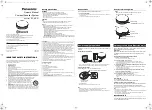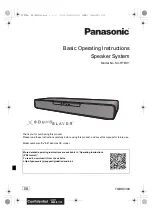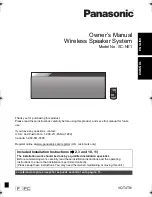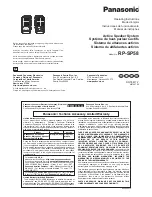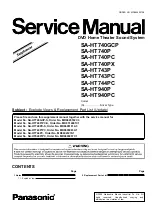
EIB Alarm Central Unit, surface-
mounted
75730010
Technical
Documentation
© Gebr.Berker 2005
Version: 18.08.2005
Page: 39 / 81
(Subject to prior change)
75730010.doc
Part 9
- Block connecting link:
A block connecting link can be installed into the front door or into the door to the flat instead of a conventional
bolt lock. You can operate it through a common closing cylinder.
You can use a block connecting link to open or close the door and, at the same time, to arm or disarm the alarm
system. In this connection, the first shifting of the bolt normally causes the door to be mechanically locked. The
second shifting of the bolt will arm the alarm central unit. For this purpose, you will need the information whether
all detectors are closed, i. e. the system is in the ready-to-arm state.
If this is the case, current is applied to a coil in the block connecting link which facilitates the second shifting of
the bolt. If the alarm system has not enabled arming yet, for example, because a window is still open, the sec-
ond shifting of the bolt will be mechanically blocked. The "ready to arm" information can be sent to the block
connecting link through a suitable switching actuator which is connected to the EIB and linked with the "ready to
arm" ETS object of the corresponding arming area.
The arming contact of the block connecting link can be connected to the "arming input" ETS object of the alarm
central unit through a suitable binary input.
Likewise, you can only enter the safeguarding area after you have disarmed it through the block connecting link.
- Interlock switch contact:
An interlock switch contact (also: striking plate contact) facilitates lock monitoring of a door. It can be mounted
into the striking plate of the door frame so that the door lock bolt will press against a micro switch of the interlock
switch contact when the door is being locked. Thus, it can be signalled whether the door is locked or not. The
alarm central unit can use this information to monitor the locks of the entrances to the safeguarding areas.
Instead of raising alarm, an interlock switch contact will prevent the arming of the safeguarding area concerned
as long as the door is not locked.
You can only arm the alarm central unit after the lock bolt of the door has been extended.
Note:
Any arming delay will not be interrupted as long as locking mechanism detectors are active (unlocked doors).
Only after the delay time has elapsed (actual arming), all doors must be locked.
You should not use an interlock switch contact to arm or disarm alarm systems as, otherwise, breaking the door
open could disarm safeguarded areas.
Via suitable binary inputs and through the ETS objects, you can connect interlock switch contacts to detector in-
puts of the alarm central unit configured as "locking mechanisms".





































